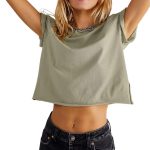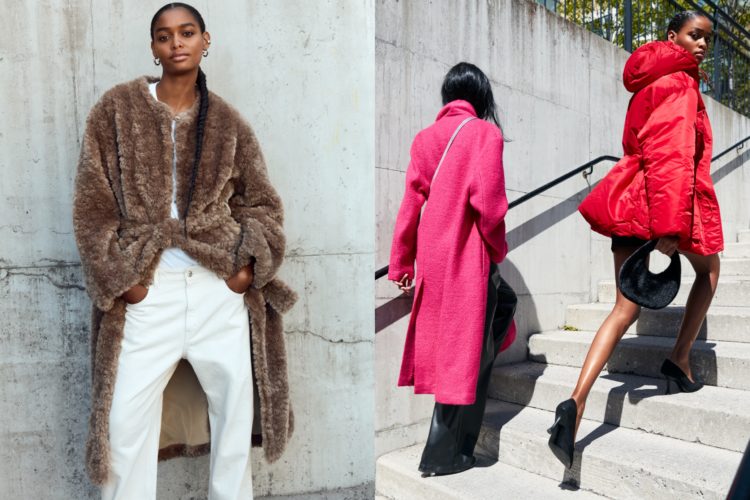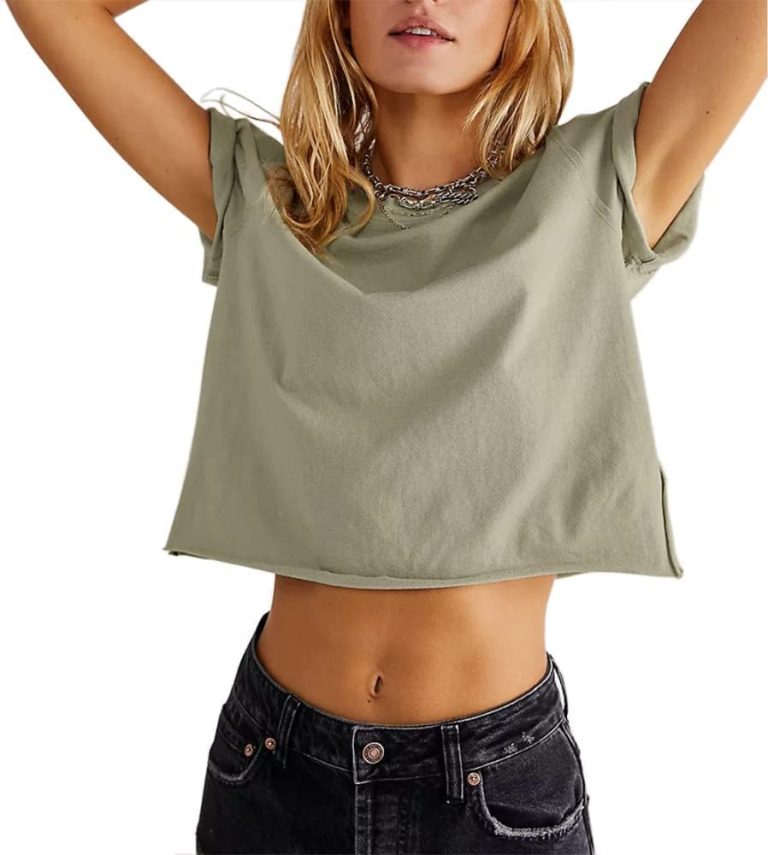Title: A Closer Look at Sustainable Materials in Outerwear Design
In recent years, the fashion industry has undergone a significant shift towards sustainability, driven by growing consumer awareness and environmental concerns. This shift extends to outerwear design, where innovative materials and eco-friendly practices are transforming the way we think about staying warm and stylish. Let’s take a closer look at sustainable materials in outerwear design and their impact on both fashion and the environment.
### Embracing Eco-Friendly Fabrics:
#### 1. Recycled Polyester:
– Recycled polyester, derived from post-consumer plastic bottles or other recycled polyester garments, is gaining popularity in outerwear design. It offers the same durability and performance as virgin polyester while reducing the demand for new petroleum-based materials.
#### 2. Organic Cotton:
– Organic cotton, grown without the use of synthetic pesticides or fertilizers, is another sustainable option for outerwear. Its cultivation promotes soil health and reduces water consumption, making it a more environmentally friendly choice compared to conventional cotton.
#### 3. Hemp:
– Hemp is a versatile and sustainable material that requires minimal water, pesticides, and synthetic fertilizers to grow. It produces durable fabrics ideal for outerwear, offering breathability, UV resistance, and antimicrobial properties.
#### 4. Recycled Nylon:
– Recycled nylon, sourced from discarded fishing nets, industrial waste, or post-consumer nylon products, is an eco-friendly alternative to traditional nylon. It helps reduce plastic pollution in oceans and landfills while offering durability and performance in outerwear design.
### Innovative Sustainable Practices:
#### 1. Upcycling and Repurposing:
– Upcycling involves transforming discarded materials or garments into new, high-quality products. Outerwear designers are increasingly incorporating upcycled materials such as denim, wool, and leather into their collections, reducing waste and conserving resources.
#### 2. Biodegradable and Compostable Materials:
– Some outerwear brands are exploring biodegradable and compostable materials, such as plant-based fibers and bioplastics, that break down naturally at the end of their lifecycle. These materials offer a more sustainable alternative to synthetic fabrics that contribute to landfill pollution.
#### 3. Waterless and Low-Impact Production Processes:
– Sustainable outerwear brands are adopting waterless and low-impact production processes to minimize environmental harm. Techniques such as laser cutting, digital printing, and dyeing with natural pigments reduce water consumption, chemical usage, and energy consumption during manufacturing.
#### 4. Fair Labor Practices and Ethical Sourcing:
– Beyond materials, ethical labor practices and responsible sourcing are essential components of sustainable outerwear design. Brands are prioritizing fair wages, safe working conditions, and transparent supply chains to ensure the well-being of workers and communities involved in the production process.
### The Impact of Sustainable Outerwear:
The shift towards sustainable materials and practices in outerwear design has significant implications for both the fashion industry and the environment. By prioritizing eco-friendly materials and production methods, designers can minimize their carbon footprint, reduce resource depletion, and mitigate environmental degradation associated with traditional garment manufacturing.
Moreover, sustainable outerwear offers consumers the opportunity to make conscious choices that align with their values and contribute to a more sustainable future. By investing in high-quality, durable outerwear made from sustainable materials, individuals can reduce their environmental impact and support brands committed to ethical and eco-friendly practices.
In conclusion, sustainable materials and practices are reshaping the landscape of outerwear design, offering innovative solutions to environmental challenges while maintaining style and functionality. As the demand for sustainable fashion continues to grow, the incorporation of eco-friendly materials and practices into outerwear design represents a positive step towards a more sustainable and responsible fashion industry.

























+ There are no comments
Add yours